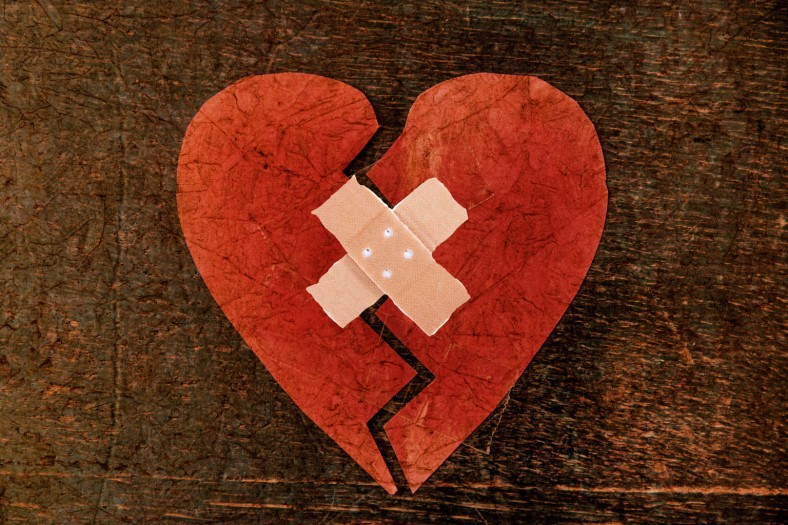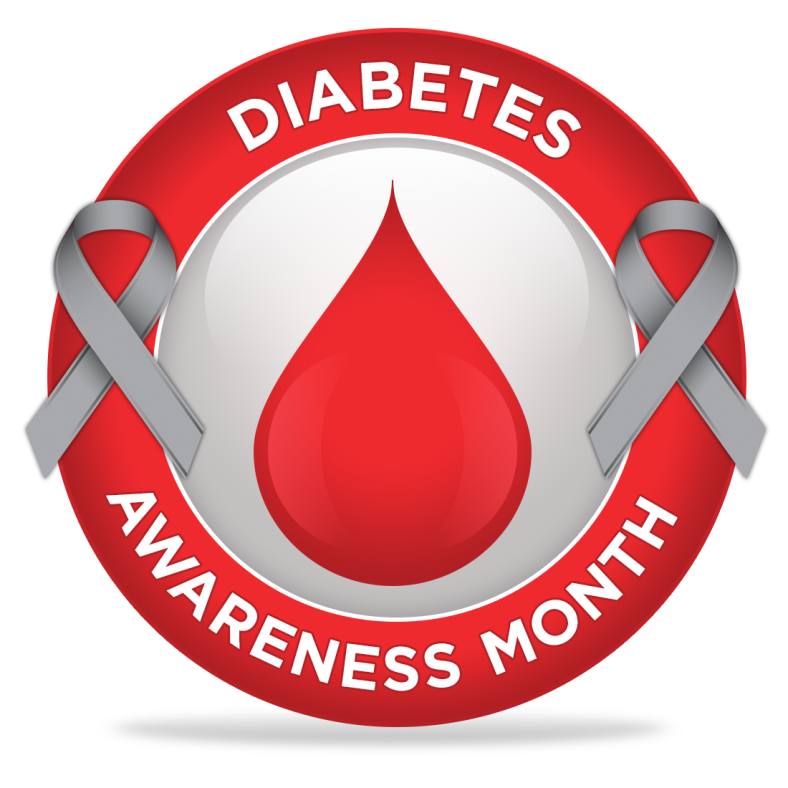I became a diabetic at an age when other girls were becoming young women. I remember returning to the sixth grade after my diagnosis, anxious to be accepted back into “the group” as if nothing had happened. I persisted in giggling with my two best girlfriends, and my supposed boyfriend still passed me notes when the teacher wasn’t looking. What I hoped my friends didn’t sense was that I felt so differently now about the body I was growing into, about what my Sunday School teachers still called my “temple.”
First of all, “the temple” was not just any young girl’s body anymore. No, it was now a body requiring all sorts of paraphernalia in order to function at all: syringes, needles, cotton swabs, and testing supplies. Stuff. I felt possessed by a body encumbered with stuff, and not just the stuff of small-town teenage femininity: mascara, makeup, powder, blush, lip gloss, curlers, suntan lotion, and the like. No, my development was now never to be the so-called “normal” growth into sexuality of my small-town girlfriends. Girls who were already well on the road to marriage and motherhood.
The role of women in those days was to marry. A woman’s job was to be a good wife and a mother. In spite of being a diabetic, I still longed for these roles. I simply didn’t know there were other options. The doctor did frighten me though when he tried to reassure me by remarking that, “Well, if you have children, in order to save them, we’ll just go in early and take them caesarian. Tell your mother not to worry.” Though he must have been trying to give me the impression I could have babies, I did nothing but worry from then on.
In other words, at the onset of diabetes and at the end of my childhood, I began to fear. Medical personnel in general remarked that the babies of diabetics evidently grew quite large. There was talk in this corner and that, just beyond my good hearing, that there could be serious problems. Like my doctor said, the new discovery was that the babies of diabetic mothers could be saved if they were NOT “let go full term.”
Of course, I had the persistent idea of a bitter past—evidently, the babies could at one time very well have died! (Indeed, when I have since met some diabetic women older than myself, most of them had suffered more than once miscarriage.) My impressions about having children became cemented in fear—not so much for myself as for the child. Clearly, if I tried to have a baby, it would probably die! As for the fact that I might live through it all—I cared not. I’d had a great grandmother who bore eleven babies. Only three had lived to become adults. (In my grandmother’s attic, I even discovered a photo of a baby ready for her tiny coffin!) To me, in short, pregnancy became shadowed by death.
Moreover, it was thought that diabetes was an inherited disease. My mother had claimed responsibility for passing on what the medically educated would now term the “bad gene.” Surely then, I would also pass it on—wouldn’t I? Then I can remember, when I was nineteen and engaged, being in the university health clinic because I’d had an unfortunate bout of too low blood sugar. A male technician had come to draw blood. We talked. He mentioned this “role of inheritance” about which he’d been reading, and great insensitivity, said something to the effect that if I had diabetes, it was likely that my children would too. My self-confidence plummeted.
Also, hadn’t I read articles about the children of addicts being born addicts? As for addiction, did I not take insulin daily; much like an addict takes drugs? I do not know why I did not discuss my fears in depth with a counselor or even a friend. But then, truth to tell, I never discussed my diabetes. Not with my parents, my sisters, my friends, my boyfriends much, not with anyone. I was so reserved, so proud. I simply did not want and could not accept what I interpreted as pity. Also oddly, though I was an intelligent and studious woman, I did not research such things in depth, as I obviously should have.
I had learned of the women’s movement, and decided I would not be “trapped too young,” perhaps like my own mother. At least trapped like so many women from my hometown and the whole local area—trapped by early pregnancy. Also, there was a world population problem to consider. Why, I was capable of passing on harm to another, while just adding yet another young person at risk into the world! Even though medicine had advanced since I’d been diagnosed, this still became an all-important motivator for me–I did not want to pass on a disease I hated. No child of mine would have diabetes. No child in the world after me if I had my way.
At any rate, from the beginning of my dating career, I’d begun to feel “not right.” Not what made a good wife anyway. I was damaged goods. Diabetes was a private pain from which I must protect future generations, the world, my friends and family, and my boyfriends in particular. At about thirty, though, I finally accepted the medical advice that I could have a child, that help was available. Meanwhile though, my true love, the potential father suddenly found another, even younger mate. After that, I seemed to be hit with one reason after another for not having a baby myself.
While I worked for years in a corporation, I also learned that if I had a child, I’d need months off to ensure a healthy birth. Furthermore, I’d had a wonderful father, and I still tend to think that a good father in a child’s life is a wonderful thing. Not to mention, I have never wanted just any man as a partner, much less as “the father.”
Yes, I considered adoption. I poured over brochures. Still, no man in my life—not any who wanted children or none who wanted any other than his own, thank you very much. I’d have to do it all alone then. Still, I thought that perhaps as a single mother, a little girl from China might be a good match. I’d heard thousands were filling the orphanages. Of course, the problem then was the cost. Though I worked endless hours, I never seemed to make enough to purchase much of a decent life for myself, not to mention afford the high fees required.
No, I never considered fostering children. Working for state group homes in my younger life, I’d seen the children with whom I’d worked returned to less than desirable parents time and time again. I still am very much the kind of person who becomes attached.
Of course, thanks to the freshness of young people, now virtually every possible sexual condition or problem is being discussed and investigated. There is also now literally more than one way to have a baby. I think overall that innovation has helped overcome a lot of difficulties with pregnancies. All this, I’m afraid came well past the timing of my biological clock.
As to me, I’ve grown somewhat “normal” after all. With the advent of my husband and his children’s children, grandchildren in my life, as well as thanks to my forever closeness to nieces and nephews and their children, my heart, soul and mind are slowly, slowly being healed. I would encourage all diabetics today to give family a try if that’s their “calling” in life. I still resist retirement areas as I think time with all age groups make for a more well-rounded life. Live the life you have to the fullest is what I’ve learned, and do not be ruled by fear, or worse, cynicism. Seek the good always.









